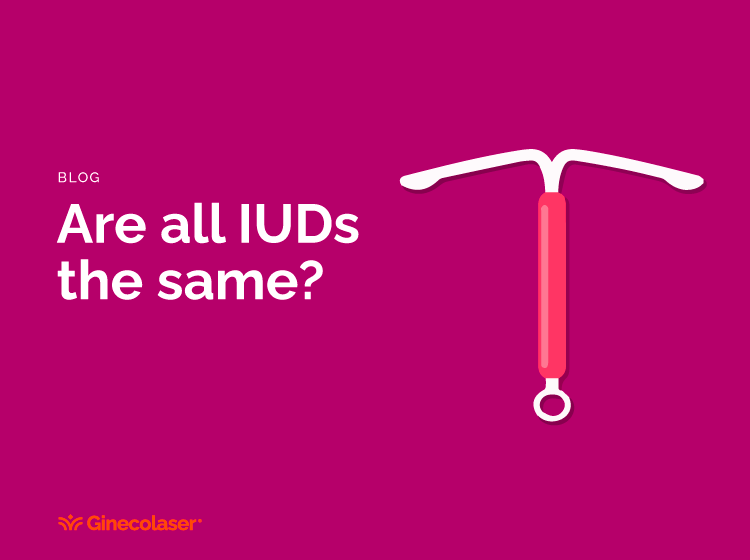Gyne Blog
Are all IUDs the same?
To simplify the response, it could be said that there are two main groups of IUDs:
There are all the IUDs that contain copper, and the second group is the one that not only does NOT contain copper but also releases Levonorgestrel.

To simplify the response, it could be said that there are two main groups of IUDs:
1) There are all the IUDs that contain copper, whether they are:
- National
- Imported
- Lasting 5 years
- Lasting 10 years
- Shaped like a T
- Shaped differently
All the IUDs that contain copper, plus the second group which is the group that not only does NOT contain copper, but also releases Levonorgestrel, could be called hormonal IUDs.
So, we have these two main groups. What is the major difference to take into account? Both are contraceptives, both are highly recommended as contraception because they are a long-lasting method that doesn't depend on: remembering, perfect intake, the timing of sexual intercourse. Therefore, either of the two is highly recommended in this sense.
But what is the significant difference to consider? Copper-containing IUDs increase the menstrual bleeding for each patient. Not the possibly artificial bleeding that the patient might have if transitioning from contraceptives to an IUD, but rather the normal bleeding pattern for that patient – something that many girls might not even be aware of or remember.
It's an excellent method for patients who don't have issues with their menstrual bleeding, whether it's excessive bleeding or painful periods, and who don't experience any discomfort during sexual intercourse. Because, it could be said that with a copper IUD, this could be exacerbated. However, all those patients who have light, painless, short-duration menstruations with a totally tolerable amount of blood won't have any inconvenience using a copper IUD.
The other group, the Levonorgestrel IUD, does the opposite. By thinning the endometrium, it reduces menstrual bleeding by a very high percentage to the point that the patient might even stop menstruating while the Levonorgestrel IUD is in place.
Something to consider is that it's not that the blood doesn't flow down, but rather that it doesn't form in the first place. So, there's no trapped blood that never exits; it's bleeding that doesn't exist, and it's entirely reversible. Once the IUD is removed, the patient starts menstruating normally as they would have done given their condition at that point in life. This is completely reversible in terms of fertility and menstrual bleeding.
